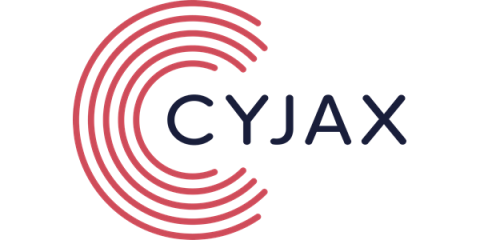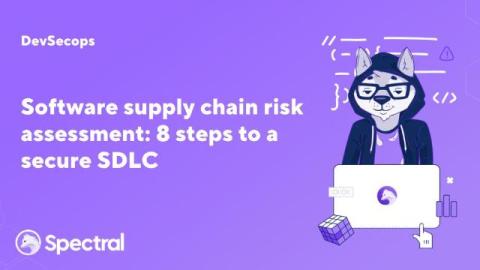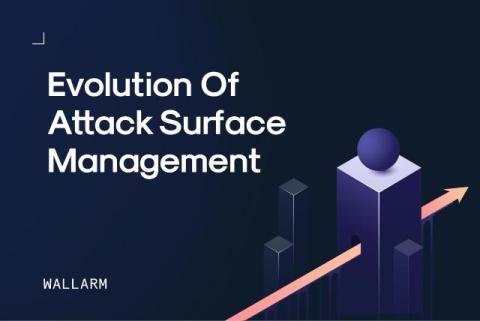How to Prevent Malware Attacks from Impacting Your Business
A robust malware prevention and detection strategy is critical to cyber security and cyber resilience today. After all, a single malware infection can inflict serious financial damage — from business disruptions and remediation costs to lasting reputational damage and customer churn. To help, this blog explains the types of malware organizations need to defend against and the common vectors for deployment.









